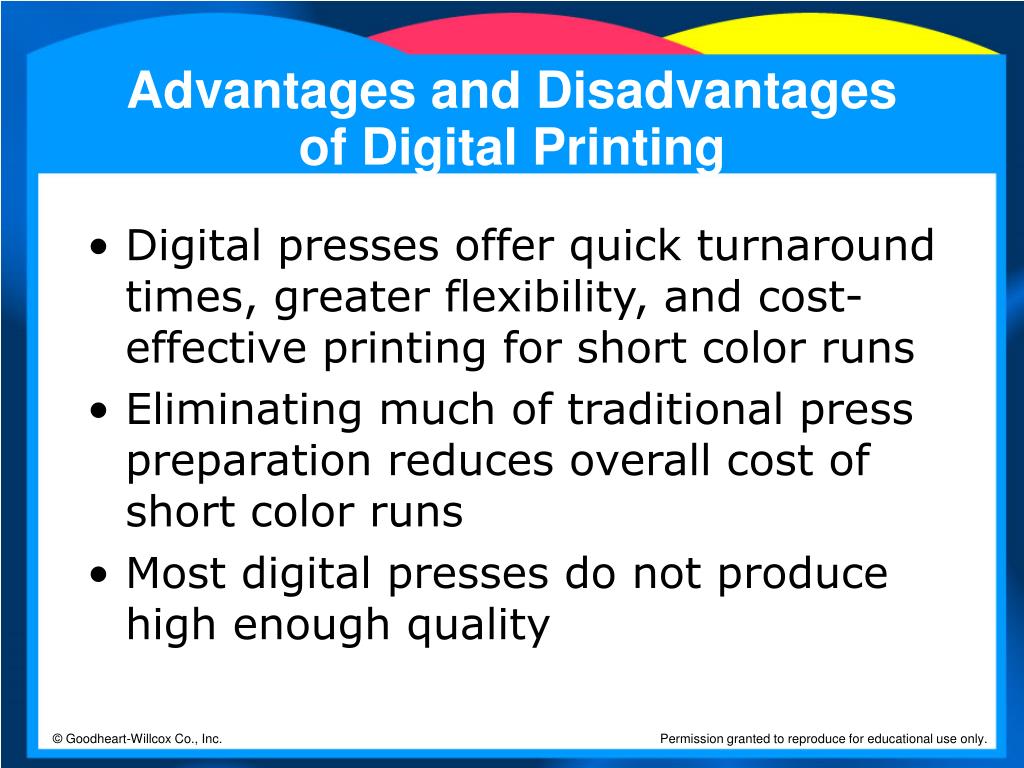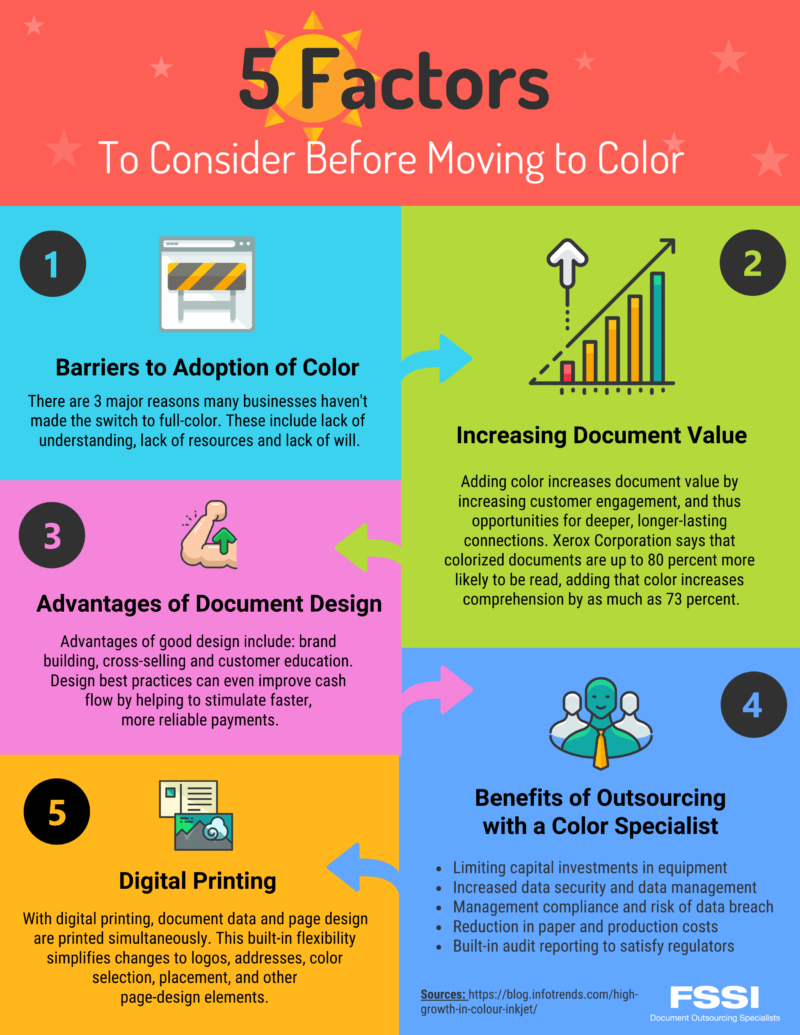The Definitive Guide to Digital Printing
The Definitive Guide to Digital Printing
Blog Article
Everything about Digital Printing
Table of ContentsThe Digital Printing StatementsThe Basic Principles Of Digital Printing Digital Printing Fundamentals ExplainedAbout Digital PrintingThe 10-Second Trick For Digital PrintingThe Digital Printing PDFs
Variable data printing, such as straight mail with individualized codes and addresses, is preferably matched for digital printing. Digital fast printing just needs 4 actions of style, review, printing and binding to get whatever done. Digital quick printing has an exceptional benefit: print on demand.According to PMMI, digital printing allows brand names and makers to respond rapidly to client demands while boosting the supply chain, reducing warehousing price and waste, and appreciating faster time to market. That all noises terrific, but how does this technology do all that? The major differentiator of these modern technologies is that there are no set-up fees and no plates with digital printing.
Indicators on Digital Printing You Should Know
This results in quicker turnaround time and decreases price when utilizing electronic printing.
Digital printing is very versatile, so it's easy to make modifications to the plan design swiftly. It all goes back to the plates.
With conventional printing techniques, short-run printing is simply not possible. Due to the fact that a wonderful style can make or damage your item, electronic printing consistently produces top notch, clear and vivid graphics each time.
Digital printing is the procedure of printing digital-based pictures directly onto a selection of media substrates. There is no need for a printing plate, unlike with countered printing. Digital data such as PDFs or desktop computer publishing data can be sent out straight to the digital printing machine to publish theoretically, picture paper, canvas, textile, synthetics, cardstock and other substratums.
The 10-Minute Rule for Digital Printing
According to PMMI, digital printing enables brand names and suppliers to react swiftly to customer needs while boosting the supply chain, lowering warehousing price and waste, and delighting in faster time to market. That all sounds fantastic, however how does this modern technology do all that? The significant differentiator of these innovations is that there are no set-up fees and no plates with electronic printing.
This results in quicker turnaround time and lowers expense when using electronic printing.

The Only Guide for Digital Printing
With standard printing methods, short-run printing is simply not feasible. Due to the fact that a fantastic layout can make or break your product, digital printing continually develops premium, clear and vivid graphics each time.

According to PMMI, digital printing permits brands and makers to react swiftly to consumer needs while boosting the supply chain, decreasing warehousing price and waste, and delighting in faster time to market. That all audios fantastic, however just how does this technology do all that? The major differentiator of these innovations is that there are no set up fees and no plates with digital printing.
More About Digital Printing
This results in quicker turnaround time and lowers price when making use of electronic printing.
Digital printing is highly adaptable, so it's simple to make changes to the plan layout rapidly. It all goes back to the plates.

Little Known Questions About Digital Printing.
Digital printing is the process of printing digital-based pictures straight onto a selection of media substrates. There is no demand for a printing plate, unlike with balanced out printing. Digital files such as PDFs or desktop computer publishing data can be sent out directly to the electronic printing press to publish on paper, picture paper, canvas, textile, synthetics, cardstock and other substratums.
Report this page